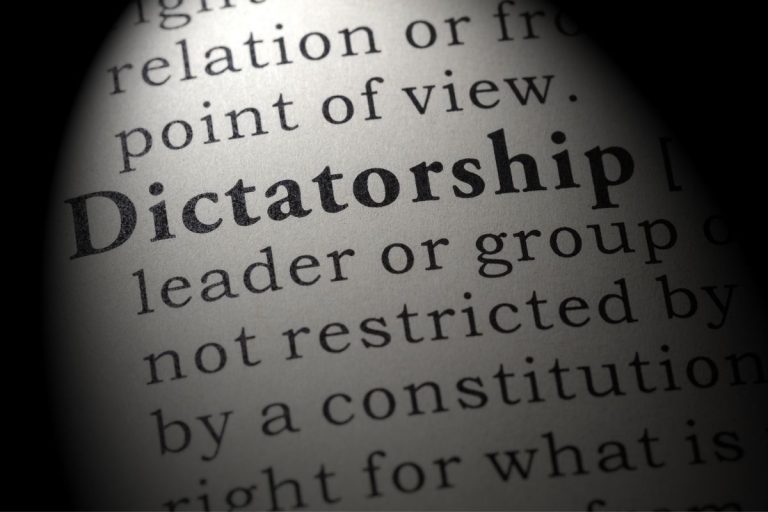5 Crucial Differences Between Prefecture and Province
Ever been puzzled by the distinction between a prefecture and a province? If so, you’ve come to the right spot. Understanding these terms is vital for a deeper comprehension of worldwide administrative divisions. In this article, I’ll cover everything I know about the subject.
The primary distinction between a prefecture and a province lies in their geographical usage and governance. Prefectures are largely found in certain Asian countries and generally have a more centralized form of governance. On the other hand, provinces are prevalent worldwide and often enjoy more autonomy.
However, this is just the tip of the iceberg! Read on, and we’ll dive deeper into these terms, exploring their historical origins, the difference in their size, and their influence on cultural identity, among other aspects.
In Which Geographical Contexts Are Prefecture and Provinces Used?
Prefectures primarily exist within the administrative divisions of certain Asian countries, while provinces are common in various parts of the world.
In countries such as Japan, China, and Korea, the term “prefecture” is used to denote regions or administrative divisions. In Japan, for instance, the country is divided into 47 prefectures. These function as the primary level of jurisdiction and administrative division.
For example, the Tokyo metropolis in Japan is a prefecture comprising the city of Tokyo and neighboring towns, with a total population of 14 million.
On the other hand, “province” is a term with wider geographical usage. It is used in many countries around the globe, such as Canada, Italy, and the Philippines, among others, to describe a primary administrative division within the country. For instance, Canada’s ten provinces are one of the two types of provincial-level administrative divisions, the other being territories.

Do Prefectures and Provinces Share the Same Governance Structure?
Generally, prefectures have a more centralized form of governance, while provinces often enjoy more autonomy.
Prefectures in Japan, for example, are governed by a governor but are also subject to national government oversight. The central government can direct prefectural policy in several areas, such as education and law enforcement.
Provinces, in contrast, often have a degree of autonomy from the central government. For example, the provinces of Canada each have their own premier and legislative assembly. They have powers over certain domains like education, healthcare, and natural resources.
Historical Origins of Prefectures and Provinces
The term “prefecture” has its roots in the Roman Empire, while “province” has been broadly used across different cultures and civilizations, including the Roman Empire.
The concept of a “prefecture” indeed originates from the Roman Empire, where it referred to the office of a prefect. These prefects were typically appointed by the emperor and were responsible for various administrative tasks.
Contrarily, the concept of “province” is not unique to any one civilization or culture. The term has been adopted by many societies across the globe to refer to an area or division within a country. In the Roman Empire, a province was an area outside Italy ruled by a Roman governor. Since then, the concept has evolved and is now used in a variety of contexts across the globe.
What’s the Difference in Size Between Prefectures and Provinces?
Prefectures tend to be smaller than provinces, though this can vary greatly from country to country.
Japan’s prefectures, for example, average around 8,000 square kilometers each, with the smallest prefecture, Kagawa, covering an area of just 187.6 square kilometers. In contrast, Canadian provinces are generally much larger, with even the smallest province, Prince Edward Island, spanning an area of 5,660 square kilometers.
However, it’s important to note that the size of both prefectures and provinces can vary greatly depending on the country. For instance, provinces in the Netherlands are much smaller than those in Canada.
Do Prefectures and Provinces Influence Cultural Identity Similarly?
While both prefectures and provinces can have distinct cultures, provinces often have a stronger influence on cultural identity.
In places like Japan, prefectures do indeed have their own unique cultures, cuisines, and dialects. However, these regional identities tend to be less pronounced than the national identity.
In contrast, provinces often carry strong cultural identities. This is especially true in countries like Italy, where each province is known for its unique culinary traditions, dialects, and cultural customs.
Comparison Table: Prefecture Vs Province
To summarize, here’s a quick rundown of the key differences between prefectures and provinces:
| Aspect | Prefecture | Province |
|---|---|---|
| Geographic Usage | Mostly Asian countries (Japan, China, Korea) | Worldwide |
| Governance | More centralized | Often more autonomous |
| Historical Origin | Roman Empire | Broadly used across different civilizations |
| Size | Usually smaller | Usually larger |
| Cultural Influence | Often less influential on cultural identity | Often strongly influences cultural identity |






